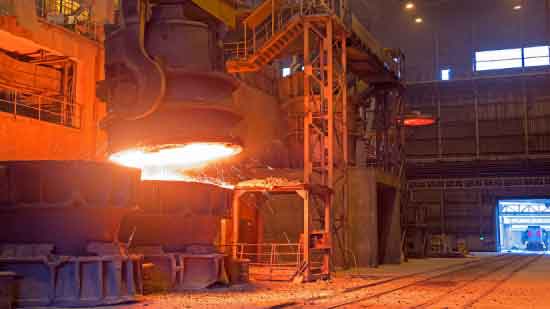
Steel sand casting serves as a vital bridge between design and production in the manufacturing process. It enables the transformation of design concepts and specifications into tangible metal components. Here’s how steel sand casting bridges the gap between design and production:
- Design Flexibility: Steel sand casting offers design flexibility, allowing for the creation of complex and intricate component geometries. This process enables the production of parts with undercuts, thin walls, and intricate details that may be challenging or costly to achieve using other manufacturing methods. Designers have the freedom to explore creative and innovative designs without significant limitations.
- Prototyping and Iteration: Steel sand casting facilitates the rapid production of prototypes and iterative design improvements. By using sand molds, designers can quickly and cost-effectively create physical prototypes of their designs to evaluate form, fit, and functionality. The iterative process enables designers to refine and optimize the design before moving to full-scale production, reducing the risk of costly design errors.
- Design Validation and Optimization: Steel sand casting allows for the validation and optimization of design concepts. By producing functional prototypes or small-batch samples, designers can assess the performance, durability, and functionality of the cast components in real-world conditions. This validation helps identify design flaws, make necessary adjustments, and optimize the design for production.
- Collaboration and Communication: Steel sand casting facilitates collaboration and communication between designers, engineers, and foundries. Designers can work closely with foundry experts to optimize the manufacturability of their designs. The collaboration helps identify potential casting challenges, select appropriate materials and alloys, and make design modifications that enhance the casting process’s efficiency and quality.
- Design for Manufacturability: Steel sand casting encourages the integration of manufacturing considerations into the design process. Designers can collaborate with foundries to optimize the design for casting, ensuring proper draft angles, parting lines, and gating systems. By designing for manufacturability, designers can minimize potential casting defects, optimize material usage, and enhance production efficiency.
- Tolerances and Dimensional Accuracy: Steel sand casting can achieve tight tolerances and high dimensional accuracy. This allows designers to meet the required specifications and ensure proper fit and functionality of the components in the final assembly. The ability to achieve precise dimensions helps bridge the gap between the design intent and the actual production output.
- Cost and Time Efficiency: Steel sand casting offers a cost and time-efficient solution for bringing designs to production. The process allows for the production of multiple components simultaneously, reducing per-unit costs. Additionally, the relatively fast casting cycle times and the ability to reuse sand molds contribute to shorter lead times and quicker production turnaround.
By leveraging the capabilities of steel sand casting, designers can bridge the gap between design and production, ensuring that their design concepts become a reality. The design flexibility, prototyping capabilities, design validation, collaboration, and manufacturability considerations offered by steel sand casting streamline the transition from design to production, enabling the efficient realization of innovative and functional metal components.
